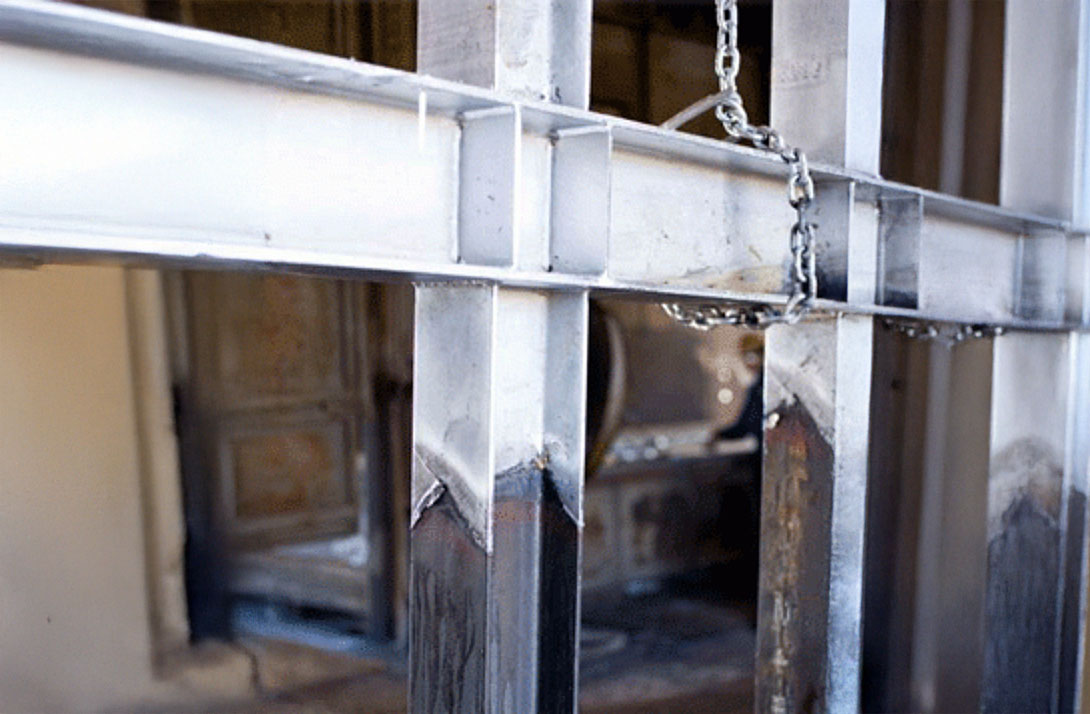When it comes to hot‑dip galvanizing (HDG), there are scenarios where certain parts of the steel must remain ungalvanized—for functional or fabrication reasons. This article explores effective masking materials, usage guidelines, and best practices for preserving those critical areas while maintaining quality and efficiency.
What Is Masking—and Why It’s Needed
Masking refers to applying a removable coating or material to portions of the steel—such as faying surfaces, threads, or weld zones—before galvanizing. This protects those areas from zinc penetration, ensuring they remain functional. However, it’s important to note that:
- Masked spots don’t receive corrosion protection.
- Proper application is key to prevent zinc ingress and minimize post-galvanizing cleanup.
Types of Masking Materials Commonly Used
The American Galvanizers Association (AGA) conducted exhaustive testing on masking solutions. They grouped these into four main categories:
- High-temperature and acid-resistant tapes
- Water-based pastes and paint-on formulations
- Resin-based, high-temperature paints
- High-temperature greases and thread compounds
Tested Products That Perform Well
The AGA study revealed several products that effectively prevented galvanizing, especially when applied correctly and given proper cure time:
- GE 100% Silicone Caulk (Home Depot, Lowe’s)
- Maskote Zinc Stop‑Off (Pyrotek)
- Permatex Red RTV (formerly NAPA RTV Red)
- GalvaStop (HUB Industrial / Puma Chemical)
- DAP Household Adhesive Sealant (Home Depot, Lowe’s)
Other products have also been used successfully by galvanizer members, though they weren’t part of the AGA’s formal testing:
- Plasti Dip (Amazon)
- ProCoat Galvbloc Zinc Stopper (TecCoat)
Findings from the AGA Tests
The testing program involved Phase 1 and Phase 2 evaluations, covering flat plates, bolt threads, and buried threaded holes to simulate real-world conditions.
- In Phase 1, six products prevented zinc coverage on flat surfaces and threaded zones with 90%+ effectiveness.
- In Phase 2, the same products were evaluated at shorter cure times, revealing that Stop Galv, GalvaStop, and others maintained performance, though residue removal varied.
Best Practices for Using Masking Materials
- Follow manufacturer’s instructions — cure time, application temperature, humidity, and surface prep are critical.
- Clean application surfaces to ensure adhesion.
- Remove residue promptly via brushing. Some materials may require additional cleaning steps or solvents per MSDS guidelines.
- Work with your galvanizer — compatibility and effective use is a collaborative effort.
Advantages and Limitations
- Masking simplifies fabrication by preserving areas intended for welding or threading without the added thickness of zinc.
- However, it always leaves unprotected steel, so plan for post-galvanizing maintenance or coating.
- Masking is not a perfect solution; zinc may infiltrate in small areas, so cleanup may still be necessary.
Strategic masking is a vital technique for preserving critical functional zones on steel components undergoing hot-dip galvanizing. With AGA-supported products like GE 100% Silicone Caulk, Maskote Zinc Stop‑Off, GalvaStop, and Permatex Red RTV, fabricators can significantly reduce rework time and costs. Remember that success depends on proper application, cure, and cleanup—and collaboration with your galvanizer is key.
For complete performance charts, detailed testing data, and guidance on application methods, refer to the AGA’s comprehensive resource: American Galvanizers Association’s article on Masking Products for Galvanized Steel.



